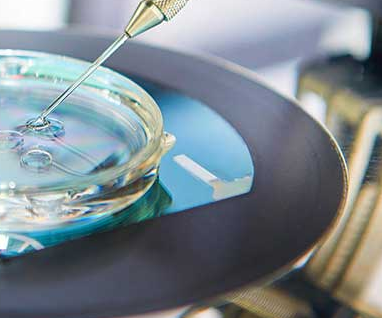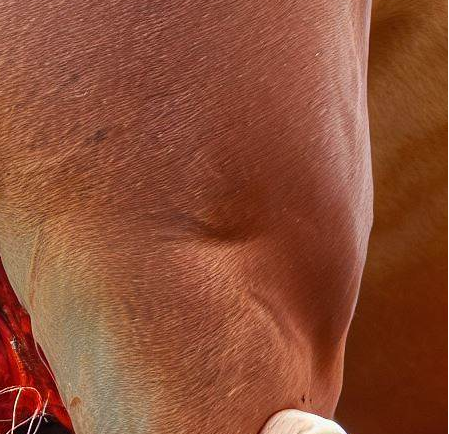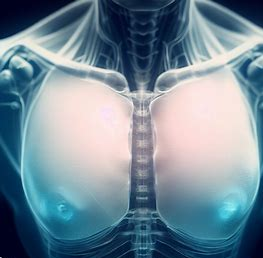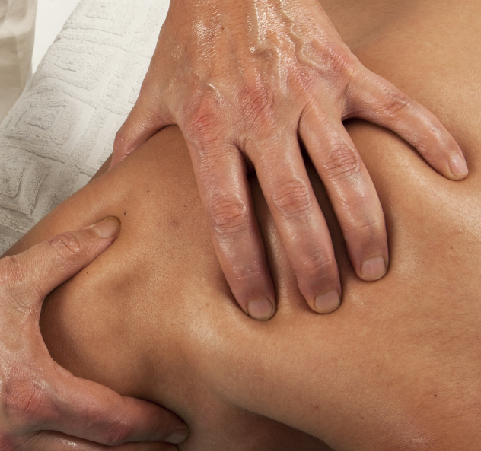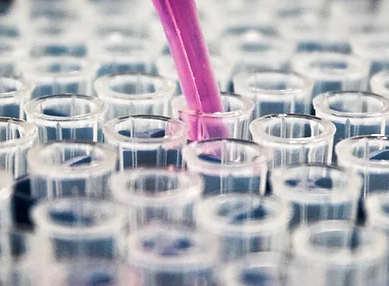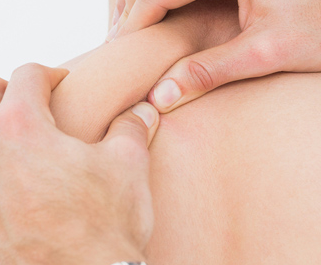It is essential for human survival to have access to clean water. Chlor-Floc water purification is one technique that has grown in popularity due to its ability to treat water effectively in a number of situations. However, as with any other technology, it has both benefits and drawbacks.
What is Chlor-Floc Water Purification?
Chlor-Floc water purification is a type of water treatment that employs specially developed tablets or powder containing chlorine compounds. These substances function to disinfect and purify tainted water, ensuring that it is safe to drink. It is frequently utilized in camping, emergency scenarios, and places with limited access to sources of clean water.
Pros
Effectiveness
Chlor-Floc water filtration powder is well-known for its excellent efficacy in cleansing polluted water. When you are on an outdoor expedition and encounter murky river water or dubious water sources, Chlor-Floc can swiftly turn them into drinkable water. Its active components kill dangerous microbes, ensuring that the water is safe to drink.

Convenience and Portability
Portability and simplicity of use are distinguishing features of Chlor-Floc. It fits into your emergency kit or backpack with minimal space because it is packaged in small pouches. To initiate the purification process, just rip open the packet, pour the contents into your water source, and allow the powder to do its magic. This convenience assures that you will always have access to safe drinking water, even in the most isolated regions.
Long Shelf Life
Chlor-Floc has a long shelf life, which is important in disaster preparedness. If Chlor-Floc is kept in a cold, dry location, it can last longer than some water filtration techniques that can run out of stock rapidly. Because Chlor-Floc lasts so long, you may buy plenty of it in advance and feel secure knowing that it will work when you need it.
Affordable Solution
The affordability of Chlor-Floc water treatment is one of its main benefits. Because tablets or powders are reasonably priced, a variety of users, including those in underprivileged areas or during emergencies, can utilize them.
Suitable for Emergency Situations
Chlor-Floc works quite well in emergency situations. Access to clean water can be restricted on camping trips or after natural disasters. A quick and dependable way to instantly cleanse water and lower the danger of waterborne diseases is to use Chlor-Floc.
Cons
Residual Taste
For treated water, Chlor-Floc can enhance flavor, but it might not completely remove residual odors. There may occasionally be a slight aftertaste of chemicals, which could be problematic for people who are extremely sensitive to these odors.
Ineffectiveness Against Chemical Contaminants
While Chlor-Floc is excellent at disinfecting water and removing biological contaminants, it is less effective against chemical pollutants. It may not remove heavy metals or industrial chemicals from the water.
Long-term health risks
Frequent and prolonged use of water purification tablets, including Chlor-Floc, may pose potential health risks due to the chemicals they contain. It is important to follow the recommended dosage and usage instructions provided with the product.


